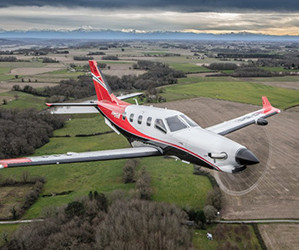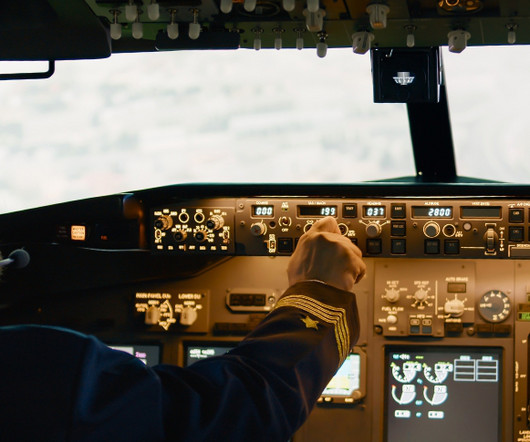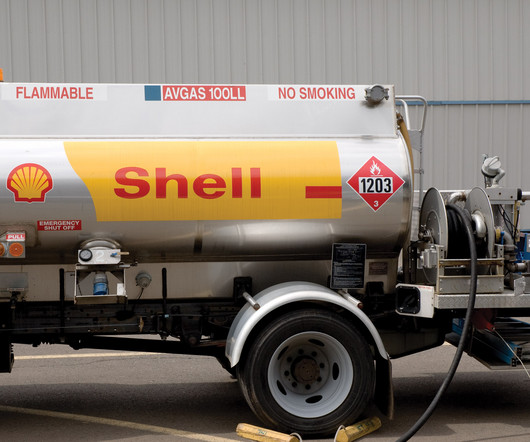Daher Aircraft delivers the first TBM 960 “birddog” airplanes to Conair in support of wildfire air attack missions
Professional Pilot
FEBRUARY 11, 2025
Mike Benson, the Director of Business Development at Conair, said the companys legacy fleet of birddog aircraft are reaching the end of their lifespans given the demanding conditions in which they operate on a continuous basis, including turbulence, heat, smoke and fluctuating elevations.











Let's personalize your content